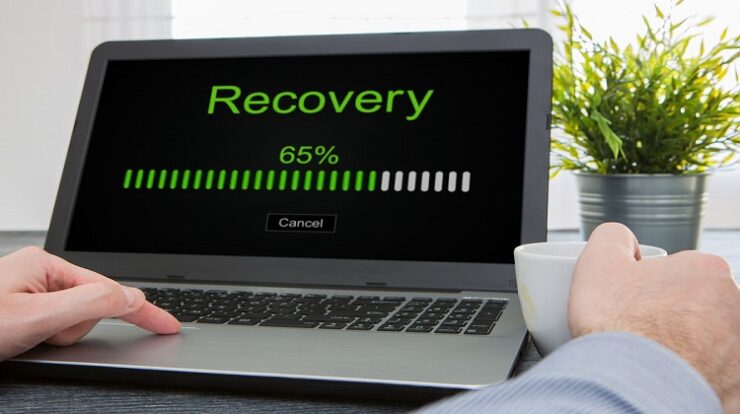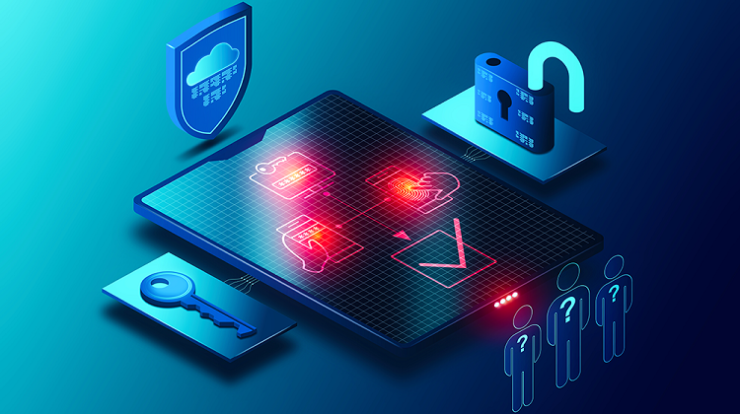
Data recovery is the process of retrieving data from a storage device, usually in the event of a system crash, accidental deletion, file corruption, and cyber-attacks.
Data recovery has become increasingly popular as digital devices are getting more advanced. Data recovery services are now possible for all types of digital media, including hard disks, SSDs, flash drives, and memory cards. Some data recovery software even offers file recovery from camcorders and mobile storage.
There are many ways to recover data. The most common way is to use recovery software that can scan the device and try to find any traces of lost files. Another way is to use a repair tool that tries to fix any damage done by the system crash or virus attack on your computer.
1. Basic Recovery Process
There are times when a file is not actually lost. However, human errors can happen, and unintentional moving files to another folder or drive is possible. First things first, think and remember if you created a backup. If so, locate the backup location and see if what you’re looking for is there. Have you checked the trash? With high-tech computers nowadays, even the slightest movement of the mouse or the keypad can result in the accidental loss of files. Not in the trash? How about cloud drives? Have you sent it via email or uploaded it to a shared drive? No? Then it’s time to proceed to the next steps.
Back to basics – Steps in recovering data:
- Locate the search bar in your taskbar and type Restore Files
- Select restore your files with File History
- Go through the file names and identify what you are looking for
- Check the versions
- Once you have found the file version, click Restore
- Select a new location to save the file
No Backups, What’s next?
Don’t lose hope. There are still ways to recover lost data. Technology never ceases to evolve and create new tools to solve every potential problem, especially in our digital world.
2. Get a Suitable Data Recovery Software
When you can’t find the lost data or file and have done the basic steps mentioned above, it’s time to consider getting a data recovery system that fits your need and budget. Several tremendous and budget-friendly data recovery software can scan through various types of internal and external drives. Some even have features to fix or repair broken files or retrieve ones that are lost due to cyber-attacks or malicious malware.
Data Recovery Software and Tools
Data recovery software is a tool to recover data from a hard drive, a USB flash drive, or an SD card. The best free data recovery software should be able to retrieve deleted files and fix any file errors.
The most popular data recovery tool is Disk Drill because it is easy to use and works with almost any file system. It also has a wizard that will guide you through the process of recovering your files, although it only offers 500 MB of free data recovery.
Data recovery tools can be beneficial in many situations, such as when you accidentally delete a file, format your hard drive, or if your computer crashes.
Another good data recovery tool is Stellar Data Recovery, with its awesome free version allows you to retrieve files up to 1 GB. EaseUS is another tool that offers support for Windows, MAC OS, and even mobile devices. In addition, EaseUS allows file previews before restoration.
Other ways to manage your data
Preventing Data Loss
Data loss can be a significant problem for any company. It could happen due to various reasons such as hardware failure, natural disaster, cyber-attacks, or human error.
As a result, it is important for companies to have the proper measures in place to prevent data loss and also have a backup plan in case data is lost.
Many best practices can help companies prevent data loss from happening, backing up data on-site, backing up data off-site, and having an emergency plan in case of disaster.
Long-Term Data Storage
Cloud storage is an integral part of the digital world. It is a service that stores data on remote servers, allowing users to access their data from any device anywhere in the world. Using external hard drives is another excellent way to secure your data. They are devices that store and transfer data between computers or back up computer files.
Bottom Line
Data loss is a sad reality when it comes to computers and smartphones. But with the right precautions, you can take steps to avoid it.






